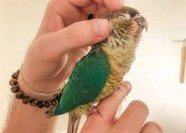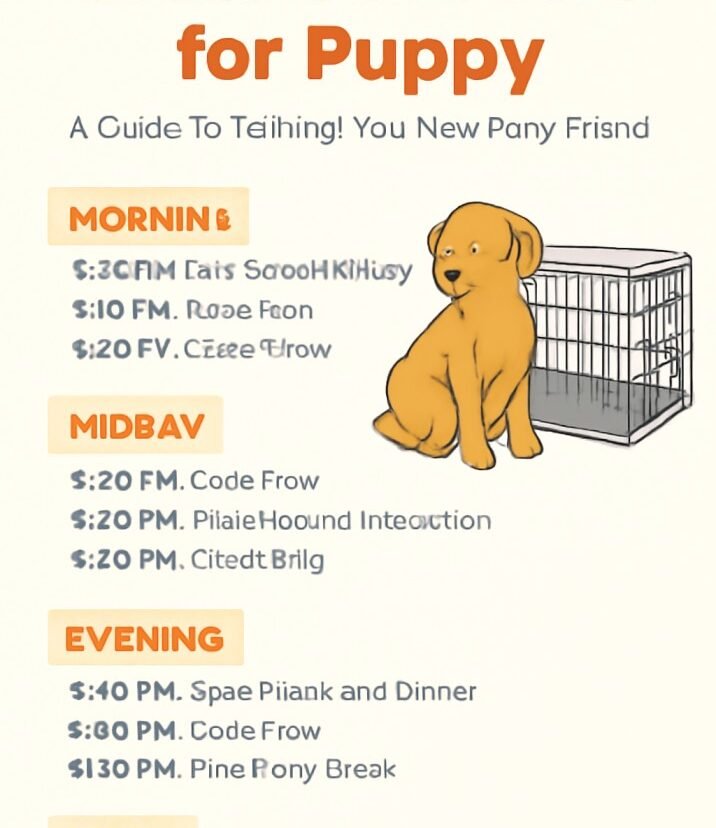How to Bond with Your Parrot: A Complete Guide for Parrot Owners
Parrots are intelligent, social, and affectionate birds that can form strong, lifelong bonds with their human companions. However, bonding with your parrot doesn’t happen overnight—it requires patience, consistency, and understanding. Whether you’re a new bird owner or looking to deepen your connection with your feathered friend, learning how to bond with your parrot is the key to a happy, healthy relationship.
In this article, we’ll explore practical and proven methods to build trust and develop a strong bond with your parrot.
🦜 Understand Your Parrot’s Nature
Before you begin the bonding process, it’s important to understand that parrots are prey animals. They are naturally cautious and may take time to trust new people or environments. Each parrot has its own personality—some may be shy and quiet, while others are outgoing and curious.
Recognizing your parrot’s body language is crucial. Fluffed feathers, tail wagging, or a relaxed posture often indicate comfort, while lunging, screaming, or biting may suggest fear or stress.
🏠 Create a Safe and Comfortable Environment
A stress-free environment is the foundation for bonding. Make sure your parrot’s cage is clean, spacious, and placed in a low-stress area of your home. Add perches, toys, and climbing structures to stimulate your bird’s mind and prevent boredom.
Keep the room at a comfortable temperature and avoid sudden loud noises. A calm and predictable setting helps your parrot feel secure, making it easier for them to bond with you.
🗣️ Talk to Your Parrot Daily
One of the easiest ways to bond with your parrot is through consistent communication. Talk to your bird in a soft, friendly tone every day. Say their name often, and narrate what you’re doing around them, such as feeding or cleaning their cage.
Parrots are highly vocal and social; they enjoy interaction. Regular talking not only helps them get used to your voice but also stimulates their mind.
🤲 Respect Their Space and Earn Their Trust
Never force interaction. Instead, allow your parrot to come to you at their own pace. Start by simply sitting near their cage while speaking softly or reading a book. Offer treats through the bars to create positive associations.
Once your parrot is comfortable, you can slowly introduce your hand inside the cage. Watch for signs of readiness—such as the bird moving closer, staying calm, or accepting treats from your fingers.
Bonding with your parrot is about earning their trust, not demanding it.
🧁 Use Treats and Positive Reinforcement
One of the most effective techniques in building a bond is positive reinforcement. Use healthy treats like small pieces of fruit, millet spray, or nuts (depending on the species) as rewards for calm behavior and interaction.
Praise your parrot when they do something positive, such as stepping onto your hand or staying calm during training. This encourages trust and reinforces good behavior.
Avoid punishment or scolding—it only damages the bond and creates fear.
🧠 Provide Mental Stimulation and Enrichment
Parrots are highly intelligent and require mental stimulation to stay happy and connected. Offer toys that challenge them—puzzle toys, foraging opportunities, and interactive playtime keep their brains engaged.
Rotate toys regularly to keep things interesting. Include training sessions that teach simple tricks or commands, which can be a fun bonding activity. Learning together builds mutual trust and satisfaction.
👋 Practice Gentle Handling and Touch
Once your parrot is comfortable with you, begin gentle handling. Teach them to “step up” onto your finger or hand. Start with short, stress-free sessions and gradually increase time outside the cage.
Avoid grabbing or restraining your bird—this can scare them and damage the bond. Instead, let them perch on you freely while offering treats and calm praise.
Over time, your parrot may enjoy sitting on your shoulder, playing with your hair, or cuddling—signs of a strong bond.
🕰️ Spend Quality Time Together
Building a connection with your parrot takes time and daily commitment. Spend at least 30–60 minutes a day interacting with your bird. This can include talking, training, hand-feeding, or just sitting quietly together.
Consistency is key. The more time you invest, the deeper your bond will become.
❤️ Be Patient and Consistent
Every parrot is different. Some may bond in a few days, while others may take weeks or months. Don’t rush the process. Trust is earned slowly, especially if your bird has had negative experiences in the past.
Stay consistent in your actions and always be gentle and respectful. Over time, your parrot will come to see you as a trusted companion.
Final Thoughts
Learning how to bond with your parrot is a rewarding journey that strengthens your relationship and enhances your bird’s well-being. With patience, love, and daily interaction, your parrot will learn to trust you, seek your company, and become a loyal feathered friend for life.
Whether you’re training a chatty African Grey or cuddling with a curious Cockatiel, these bonding tips will help you create a lifetime of happiness with your parrot.




Leave feedback about this